Dubbed "Joel the Ripper," Joel Rifkin terrorized prostitutes in the early 1990s — and became the most prolific serial killer in New York history.
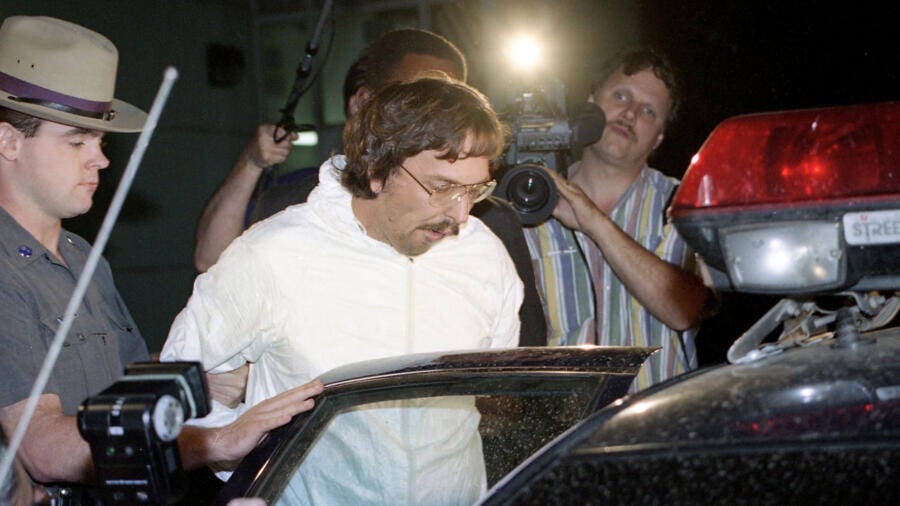
John Paraskevas/Newsday RM via Getty ImagesSoon after Joel Rifkin was arrested on June 28, 1993, he confessed to murdering 17 women.
In 1989, a golfer reached the seventh hole at the Hopewell Valley Golf Club in New Jersey. He noticed something odd in a creek running alongside the course. It was a paint can — with a severed head inside.
The head went unidentified for 24 years. Blood testing revealed that the murder victim had been HIV positive, and residents of Hopewell Township soon began to speculate about the victim’s identity and their killer.
“As time went on, and the head was never claimed, rumors began to circulate, and always seemed to end in one of two possibilities: the Mafia or a serial killer had done it,” recalled Deji Bryce Olukotun, an author who lived in the sleepy, mostly peaceful town at the time the head was found.
It turned out that the latter was true. Joel Rifkin, a serial killer who lived in Long Island, New York, had murdered a sex worker named “Susie” in 1989 and then dismembered her body. To conceal his crime, he placed her head in a paint can and left it in the woods of the New Jersey golf course.
“Susie,” whose real name was Heidi Balch, was Rifkin’s first victim. Chillingly, the murderer would go on to brutally kill up to 17 women total, most of whom were sex workers, until he was arrested in 1993.
This is the real-life horror story of Joel Rifkin.
Joel Rifkin’s Troubled Adolescence
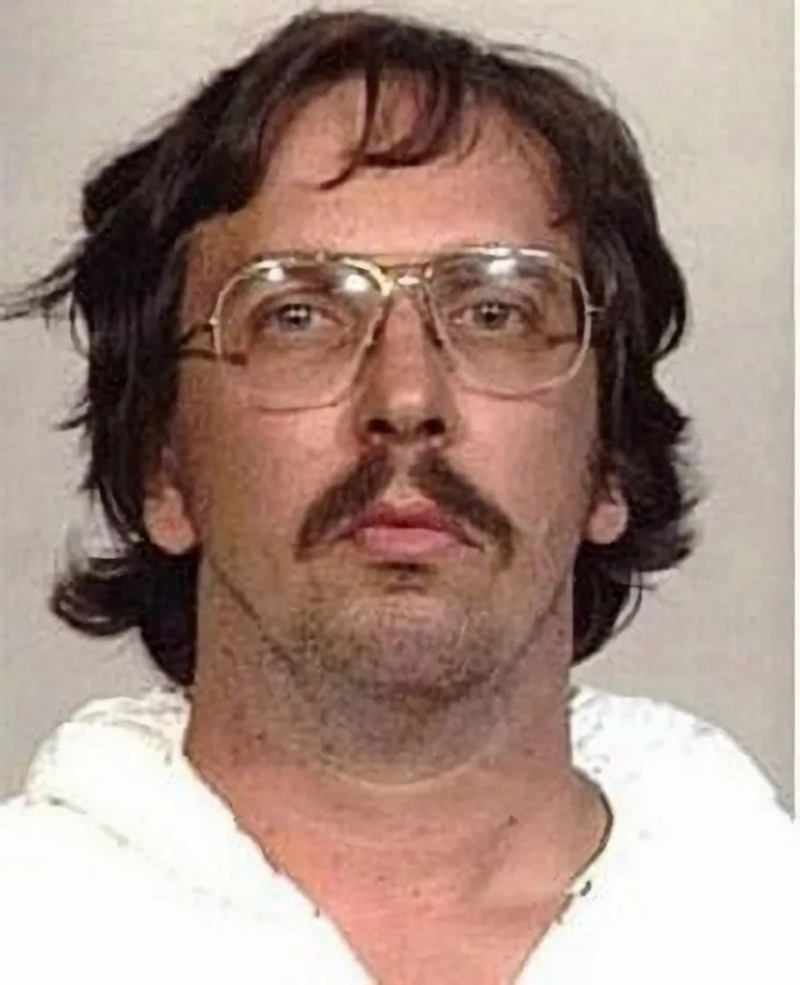
Public DomainJoel Rifkin was 34 years old at the time of his arrest, and some believe his early years paved the way for his crimes.
Joel Rifkin was born on January 20, 1959 to two unmarried college students, who soon put him up for adoption. Three weeks later, Bernard and Jeanne Rifkin adopted the baby boy and took him to their home in New York.
By 1965, the family — along with another adopted child named Jan — moved to East Meadow, Long Island. At first, the New York City suburb seemed like the perfect place to raise young children, especially since Bernard Rifkin was making good money as a structural engineer.
Unfortunately, young Joel Rifkin struggled to fit in at school. According to Biography, his slumping posture and slow gait made him a target for bullies, and his peers frequently excluded him from sports and other activities.
Though he was intelligent, he also struggled academically due to his undiagnosed dyslexia. This led to a strained relationship with his father, who couldn’t understand why he wasn’t getting good grades or socializing.
The merciless bullying lasted from kindergarten through high school, and though teenage Joel Rifkin attempted to make friends through the track team and the yearbook club, nothing seemed to work. And before long, he began to distance himself further and further away from his peers.
The more inward Joel Rifkin turned, the more troubled he became.
How Joel Rifkin Became “Joel The Ripper”
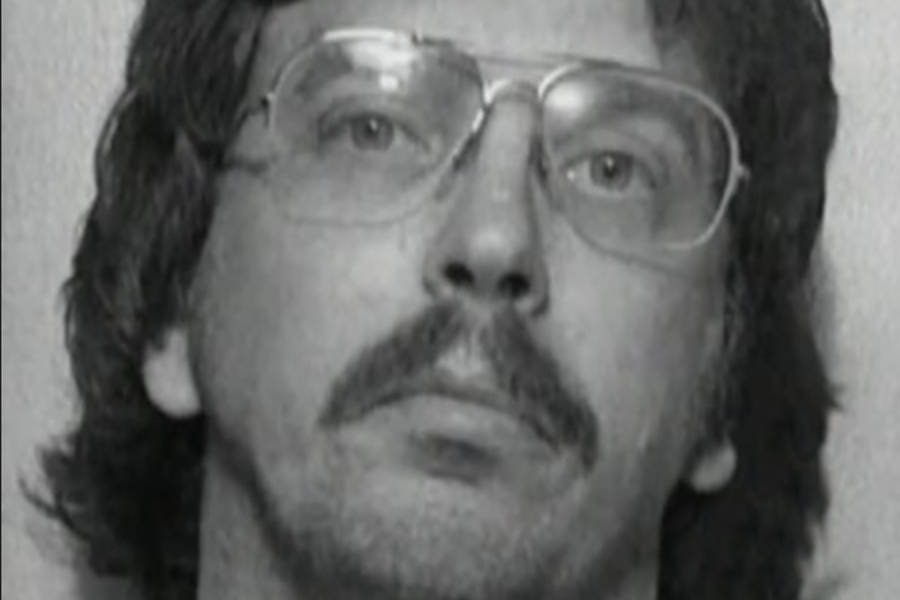
YouTubeBy the time Joel Rifkin reached adulthood, he had largely given up on achieving personal or professional success.
As Joel Rifkin entered adulthood, he spent most of his time alone and eventually began developing dark fantasies of raping and killing women.
By the time he started classes at Nassau Community College in the late 1970s, he’d also become obsessed with visiting sex workers. He often skipped school and his part-time jobs to spend time with them. Though he tried attending other schools, he continued to struggle in class.
Around the mid-1980s, Joel Rifkin gave up on finishing college. He moved back in with his family, as he had little money to his name. Meanwhile, as he struggled to find employment and his father died by suicide (due to a painful battle with cancer), his murderous fantasies continued.
“He would isolate himself and internalize these fantasies without developing strong social constructs,” explained forensic expert and former FBI profiler Mark Safarik. “He turned inward.”
In 1989, Rifkin’s violent thoughts boiled over as he murdered his first victim, a 25-year-old Manhattan-based sex worker known as “Susie,” whose real name was Heidi Balch. After Rifkin brought Balch to his family’s home — while his relatives were away — he bludgeoned her after they had sex. He then strangled her to death before dismembering her corpse in the basement.

WPVI NewsHeidi Balch (a sex worker Joel Rifkin knew as “Susie”) was identified as Rifkin’s first victim decades after her death.
After that, he dumped her body parts in various places in New Jersey and New York. Most infamously, he left her head near the Hopewell Valley Golf Club. But even though the head was found just days after the murder, it wasn’t until long after Rifkin’s arrest that anyone was able to figure out exactly who the victim was, despite Rifkin telling the police all about “Susie.”
According to ABC News, it took a long-forgotten missing person report from Balch’s aunt, a DNA test from Balch’s mother, and a photo comparison between a composite of the head and a picture of Balch for a positive identification to be made in 2013, years after Rifkin was imprisoned.
Of course, at the time of the murder, Joel Rifkin was happy to get away with the crime, and soon began seeking out more victims.
About a year later, he killed another sex worker, Julie Blackbird, while his family was away. Though this murder was largely similar to the murder of Balch, this time, Rifkin avoided dumping any body parts in the woods and instead dumped them in rivers and canals, weighing the remains down with concrete.
Soon after that, Rifkin started a landscaping business, an ostensibly respectable career choice. But in reality, he often used his landscaping tools to hide his victims’ bodies before disposing of them.
By the summer of 1993, Rifkin had killed up to 17 women, most of whom were sex workers or drug addicts. According to forensic psychologist and author Frank F. Weber, authorities theorized Rifkin preyed on sex workers because he thought his birth mother may have been a prostitute.
But according to Rifkin himself, his decision to target sex workers was a strategic way to avoid getting caught during his murder spree: “I killed prostitutes because they had no one. They had no lasting relationships. No family who cared. No one would ever come looking for them.”
How Police Accidentally Caught The Serial Killer
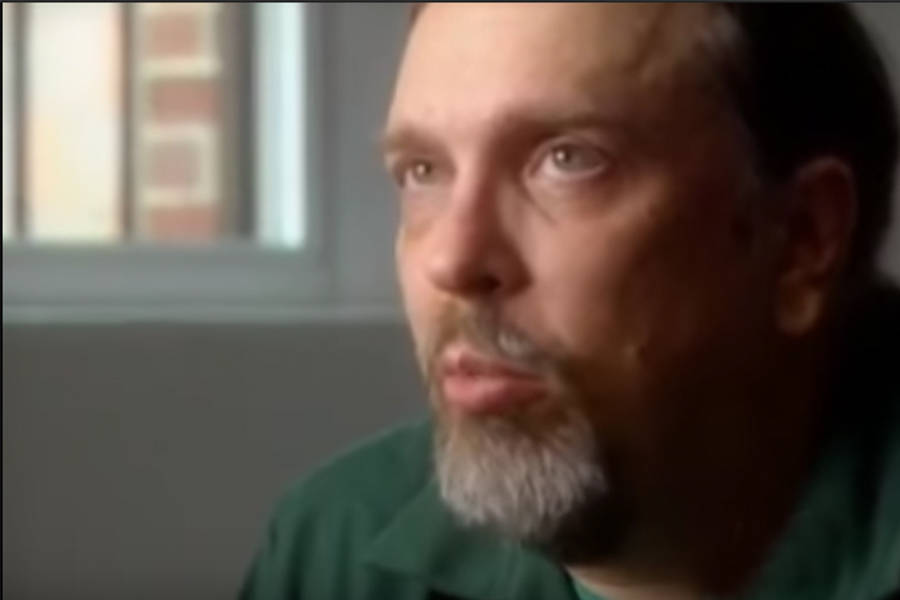
YouTubeJoel Rifkin, pictured during an interview from prison.
Joel Rifkin’s final victim would become his undoing. In June 1993, Rifkin strangled 22-year-old sex worker Tiffany Bresciani and then drove her body back to his family home. Along the way, he picked up tarp and rope. Once he got to his house, he placed the wrapped body in a wheelbarrow in the garage, where it festered for about three days in the summer heat.
On June 28, 1993, Rifkin was on his way to dump the corpse when police troopers noticed his truck lacked a rear license plate. When they attempted to pull him over, Rifkin panicked and led authorities on a high-speed car chase that ended with him crashing into a utility pole. As the troopers approached the wrecked vehicle, they immediately noticed the rancid smell — and quickly found Bresciani’s body in the back of the truck.
Under arrest, Rifkin soon confessed to not only murdering Bresciani, but 16 other women — many of whom had been sex workers — making him the most prolific serial killer in New York history. Though he was only convicted of nine murders, authorities feel relatively confident that he was guilty of all the killings he confessed to, as he provided specific details and even created maps showing where he had disposed of the bodies.
In 1996, Rifkin was sentenced to 203 years in prison, ensuring he’d spend the rest of his life behind bars. According to The New York Times, the serial killer apologized for the murders at his sentencing and said, “You all think that I am nothing but a monster, and you are right. Part of me must be.”
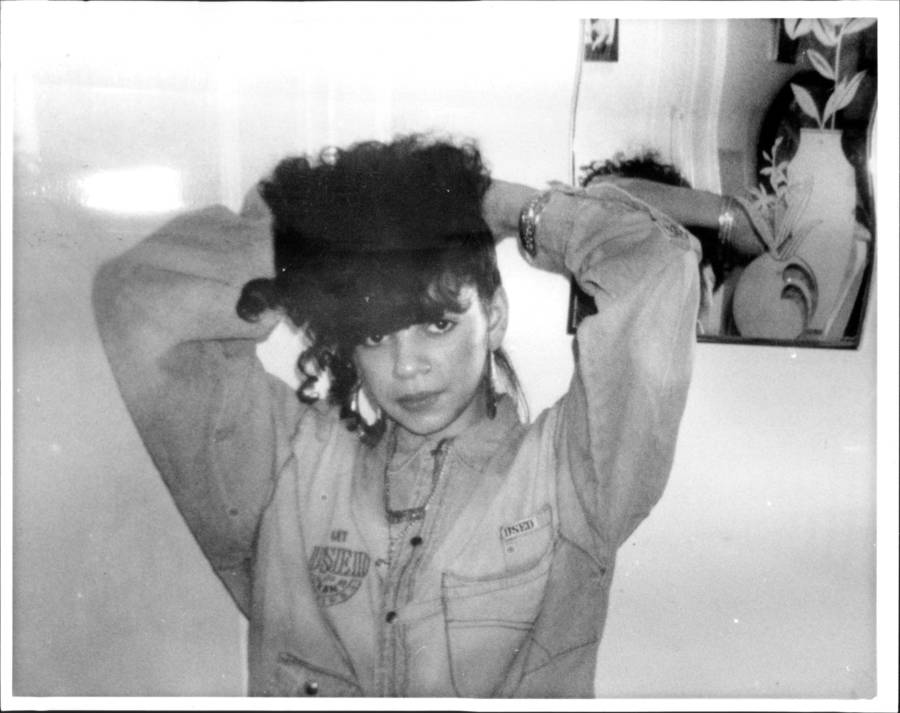
Jerry Engel/New York Post Archives/(c) NYP Holdings, Inc. via Getty ImagesJenny Soto, a victim of serial killer Joel Rifkin.
Joel Rifkin is currently serving his sentence at the Clinton Correctional Facility in New York. Since being locked up, he’s participated in a number of interviews in which he’s offered insight into the mind of a serial killer.
In a 2011 interview with CBS New York, he said it was “very hard to stop” killing people and implied that murder, for him, was an addiction comparable to smoking. He said, “You think of people as things.”
But despite his extreme objectification of sex workers, he was ultimately proven wrong in his assumption that no one would care about his victims since they were prostitutes, as some of the victims’ family members made a point to attend his sentencing — and a few also prepared statements.
Carol DeLeon, the sister of one of Rifkin’s confirmed victims, 25-year-old Iris Sanchez, said, “Iris was far from being perfect or an angel. But I will say that she did not have to die the way she did, strangled by the hands of Joel Rifkin, then dumped like garbage. Iris Sanchez will rest in peace in our hearts as of today. But you, Joel Rifkin, will now rot in hell.”
How Joel Rifkin Became A Punchline On Seinfeld

New York Daily NewsAfter his arrest, Joel Rifkin instantly became infamous for his crime spree — especially in New York.
Despite the seriousness of Joel Rifkin’s crimes, his name ended up being part of an unexpectedly lighthearted plotline in the beloved sitcom Seinfeld.
Just five months after Rifkin’s arrest in 1993, Seinfeld aired a memorable episode in which the character Elaine Benes is dating a man who shares the same name as the serial killer, and she begs him to change it because she doesn’t want her boyfriend to have a murderer’s name.
Entertainment ensues as the fictional Joel tries to come up with a solution to the dilemma, especially since he likes his name as is:
Ironically, Elaine eventually suggests that he change his name to “O.J.” after browsing a sports magazine — just seven months before football star O.J. Simpson would be accused of committing murder himself.
The Seinfeld joke about Rifkin is still the best-known reference to the serial killer, though there has since been a release of an independent film called Joel in 2018, which dramatizes the murderer’s life. And more recently, in 2023, A&E released the special Cold Case Files: The Rifkin Murders, which features multiple never-before-seen interviews with the killer.
Seeing Joel Rifkin’s calm, matter-of-fact nature while discussing his horrific crimes may make some wonder whether anything could have been done to prevent him from becoming a monster. Chillingly, we’ll never know.
After learning about serial killer Joel Rifkin, read the story of how Ted Bundy helped catch the cold-blooded serial killer Gary Ridgway. Then, check out four of the most terrifying serial killer teens.





